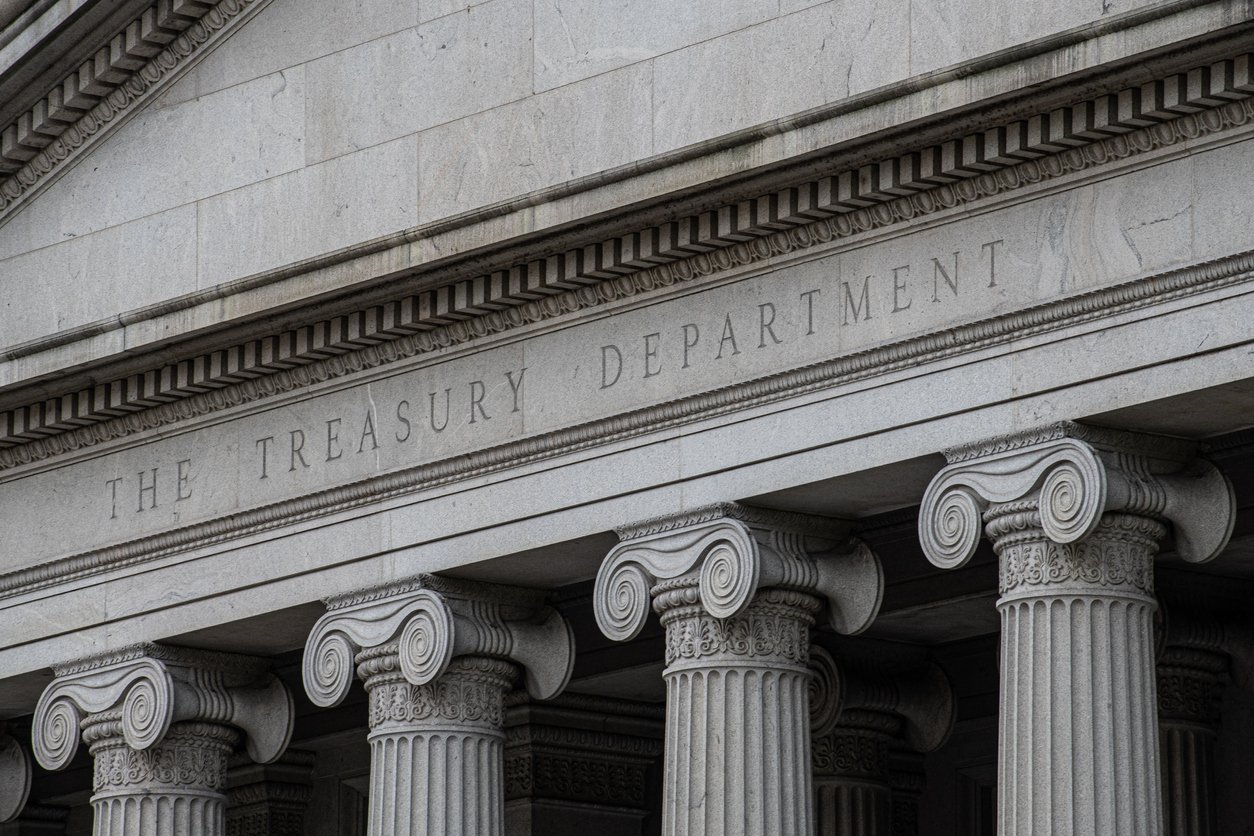In the past few months, four significant banking failures have occurred: Silicon Valley Bank (SBV), Signature Bank, Credit Suisse, and First Republic Bank.[1] The last time the US experienced such a collapse in the banking sector was during the Great Recession in 2008, which has understandably led to renewed worries of a looming major recession.
The banking system is built on an underlying assumption of trust and confidence. When that confidence erodes, the entire system is at risk – good banks and bad. The primary worry is that the knock in confidence caused by these bank failures will spread to other banks, which will lead to further contagion and further collapses. There are more safeguards in place now than there were in 2008 to help,[2] but depositors can be fickle and even well-run banks fall prey to a panic.
There is a good anecdote to illustrate this. Doubts about Hong Kong’s future began to set in during the early 1980s. With the looming handover of control to China, which rather famously does not operate a free-market enterprise system, a crisis developed in the property sector. It was this sector that provided much of the collateral for bank lending.
As all this was brewing, there was a local bank with an awning over the front of it to keep out the sun. A bus stop lay in front of it, and one day the queue waiting for the bus moved under the shelter of the awning as an impromptu rain shower gripped the street. Passers-by saw the mass huddled under the bank awning and incorrectly assumed they were lined up to withdraw funds. It looked to be the first domino to fall in a bank run, and even though it wasn’t, a run on the banks soon followed.
Even the best run banks can be brought to their knees, or worse, through the misgivings of their peers. Former Bank of England Governor Mervyn King summed it up nicely: it makes no sense to start a run on the bank, but once one has started you should join in.
What’s the Situation with Regional Banks?
The regional banks are suffering from poor prior legislation and a mismatch in duration on their balance sheets. The latter sounds a bit technical, but it’s fairly simple to wrap your head around.
Banks turn a profit when they use your deposits to make loans and other investments. As banks, the investments they make are often ultra-conservative. Think high-grade corporate bonds and US Treasuries. These are amongst the safest investments an organization can make, but even these aren’t entirely free of risk.
Bonds are negatively correlated with interest rates, which means that the value of these bonds dropped when the Federal Reserve raised interest rates to combat inflation. Bonds slowly gain in value each year as they approach maturity and repay at their full value when they finally hit maturity. A drop in value isn’t usually a cause for concern for the banks since they generally hold their bonds to maturity and recoup their full value. They will only recognize a loss if they are forced to sell the bond prior to maturity.
What could force a bank to sell those bonds? In a word, withdrawals.
Banks must sell their bond holdings when they don’t have the cash on hand to meet the withdrawal requests of their depositors. And if those bonds have dropped 20-30% because interest rates moved up sharply, then the banks have a real problem! They invested in bonds that mature in 20 years but need to payout their depositors today. The timing doesn’t match up, banks are forced to recognize losses, and this is phenomenon is known as a mismatch in duration.
This became a problem for Silicon Valley Bank, which specialized in serving the needs of tech companies and entrepreneurs. Depositors drew down their accounts when the tech sector fell on hard times. SVB didn’t have the cash, their balance sheet was a mess, and a 1930s-style bank run ensued when it became clear the bank couldn’t pay.
Fear spread and depositors at other banks began to wonder if their deposits were safe. Big withdrawals out of other regional banks followed. Money wasn’t stuffed in mattresses though. It just travelled upstream to the big banks.
A two-tiered system
Congress passed a slew of bills following 2008 Financial Crisis to strengthen the banking system. Part of the legislation created something called a ‘Systemically Important Financial Institution’, or SIFI for short. These are financial centers that are too big to fail. They must hold their balance sheets to a higher standard and pass a series of financial stress tests every year. If any one of these big SIFI banks go down, the government will swoop in to save them. Only these banks have a de facto government backer. Smaller regional banks do not.
This creates what is effectively a two-tier banking system in the US: those that will be ok no matter what and everybody else. If you’re a depositor, why risk it and stay in the second tier?
Many didn’t. Capital flowed from the regional banks to the big banks on an unprecedented scale. The two-tier system meant to protect banks ultimately helped to hasten the downfall of smaller regional players.
Banking Insurance is Key
A crucial point to remember is that if your bank has FDIC insurance and your account holds $250,000 or less, your deposits are safe and guaranteed by the government.[3] The same conditions apply for credit unions with NCUSIF insurance: as long as your account has $250,000 or less, your deposits are protected and insured.[4] In the event of your bank or credit union’s failure, provided they are FDIC or NCUSIF insured, you would still receive your money back.
Preparing for the Effects of Banking Turmoil
If you are wondering if your retirement plans will be affected by the recent banking collapses—whether in the form of portfolio volatility or a regional bank failure—you can take measures to diversify your holdings and check to make sure your bank is insured. Taking extra care of your financial plan is crucial and often best guided by professional financial support. This can be done by contacting your local branch or verifying their website for FDIC or NCUSIF insurance coverage.
How Will Your Retirement Stay Protected?
Moreover, if you’re worried about the impact of market fluctuations on your retirement, consulting a financial advisor can be highly beneficial. They can assist you in designing a retirement portfolio that considers economic instability and implements more protective approaches. If you’d like to discuss your unique circumstances, feel free to contact our advisors for a free evaluation of your financial situation.
[1] https://www.fdic.gov/bank/historical/bank/bfb2023.html
[2-3] https://apnews.com/article/pacwest-deposits-fed-regional-banks-e08b80e8f9f321c881a8b946172b1cdb
[4] https://www.bankrate.com/banking/credit-unions/ncua-how-your-savings-at-credit-unions-are-insured-by-the-government/












